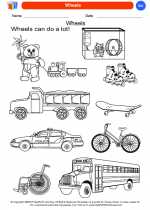Thermometer
A thermometer is a device used to measure temperature. It consists of a long, narrow, uniform glass tube with a bulb at one end. The bulb is filled with a liquid, often mercury or colored alcohol, that expands and contracts with temperature changes. The temperature scale is marked along the tube, allowing the user to read the temperature based on the level to which the liquid rises in the tube.
How does a thermometer work?
When the temperature increases, the liquid inside the bulb and the tube expands and rises. As the temperature decreases, the liquid contracts and the level drops. The markings on the tube indicate the temperature, often using the Celsius (°C) or Fahrenheit (°F) scales.
Types of thermometers
There are different types of thermometers, including traditional mercury thermometers, digital thermometers, infrared thermometers, and thermocouples. Each type has its own specific applications and advantages.
Using a thermometer
To use a thermometer, place the bulb or sensor in the area whose temperature you want to measure. Wait for the reading to stabilize, then record the temperature. It's important to handle and store thermometers carefully, especially those containing mercury, to prevent breakage and exposure to the toxic substance.
Study guide:
- What is a thermometer?
- How does a thermometer work?
- What are the different types of thermometers?
- How do you use a thermometer?
- Why is it important to handle mercury thermometers with care?
Understanding the principles and proper use of a thermometer is essential for many scientific and everyday applications involving temperature measurement. By studying this topic, you'll gain a solid foundation in understanding and using thermometers effectively.
[Thermometer] Related Worksheets and Study Guides:
.◂Science Worksheets and Study Guides Kindergarten. Pushing, Moving, Pulling

 Coloring Worksheet
Coloring Worksheet
 Coloring Worksheet
Coloring Worksheet
 Coloring Worksheet
Coloring Worksheet
 Coloring Worksheet
Coloring Worksheet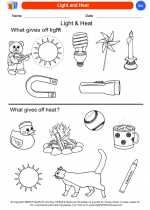
 Coloring Worksheet
Coloring Worksheet
 Coloring Worksheet
Coloring Worksheet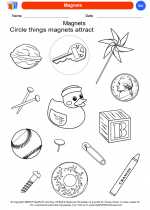
 Coloring Worksheet
Coloring Worksheet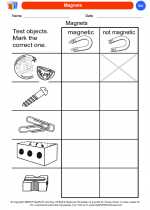
 Coloring Worksheet
Coloring Worksheet
 Coloring Worksheet
Coloring Worksheet
 Coloring Worksheet
Coloring Worksheet
 Coloring Worksheet
Coloring Worksheet
 Coloring Worksheet
Coloring Worksheet
 Coloring Worksheet
Coloring Worksheet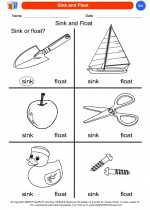
 Coloring Worksheet
Coloring Worksheet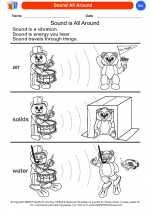
 Coloring Worksheet
Coloring Worksheet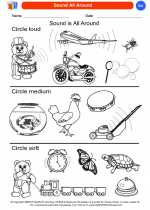
 Coloring Worksheet
Coloring Worksheet
 Coloring Worksheet
Coloring Worksheet
 Coloring Worksheet
Coloring Worksheet
 Coloring Worksheet
Coloring Worksheet